3% of sunlight reaches Earth, while satellites in space could gather energy for 99% of the year.
Capturing the sun’s boundless light in space could revolutionize how we distribute energy around the world.
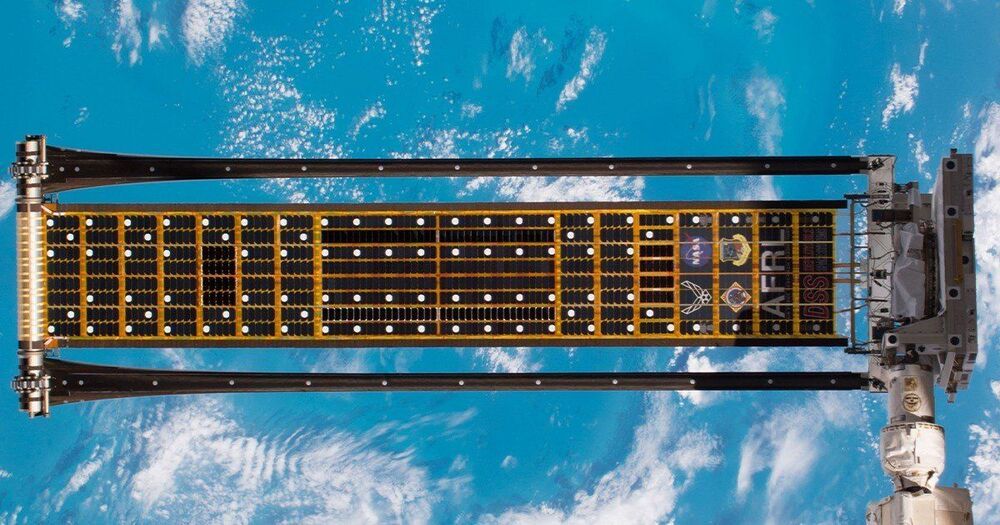

From microwave ovens to Wi-Fi connections, the radio waves that permeate the environment are not just signals of energy consumed but are also sources of energy themselves. An international team of researchers, led by Huanyu “Larry” Cheng, Dorothy Quiggle Career Development Professor in the Penn State Department of Engineering Science and Mechanics, has developed a way to harvest energy from radio waves to power wearable devices.
The researchers recently published their method in Materials Today Physics.
According to Cheng, current energy sources for wearable health-monitoring devices have their place in powering sensor devices, but each has its setbacks. Solar power, for example, can only harvest energy when exposed to the sun. A self-powered triboelectric device can only harvest energy when the body is in motion.
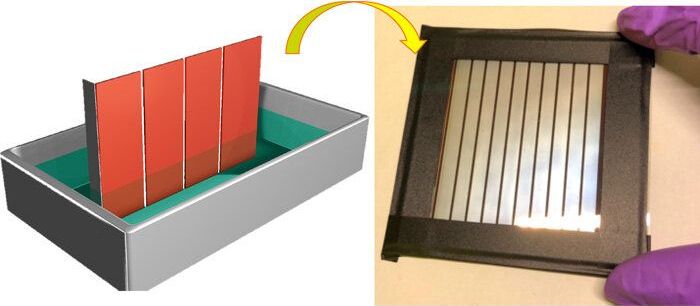
A new, simpler solution process for fabricating stable perovskite solar cells overcomes the key bottleneck to large-scale production and commercialization of this promising renewable-energy technology, which has remained tantalizingly out of reach for more than a decade.
“Our work paves the way for low-cost, high-throughput commercial-scale production of large-scale solar modules in the near future,” said Wanyi Nie, a research scientist fellow in the Center of Integrated Nanotechnologies at Los Alamos National Laboratory and corresponding author of the paper, which was published today in the journal Joule. “We were able to demonstrate the approach through two mini-modules that reached champion levels of converting sunlight to power with greatly extended operational lifetimes. Since this process is facile and low cost, we believe it can be easily adapted to scalable fabrication in industrial settings.”
The team invented a one-step spin coating method using sulfolane, a liquid solvent. The new process allowed the team, a collaboration among Los Alamos and researchers from National Taiwan University (NTU), to produce high-yield, large-area photovoltaic devices that are highly efficient in creating power from sunlight. These perovskite solar cells also have a long operational lifetime.
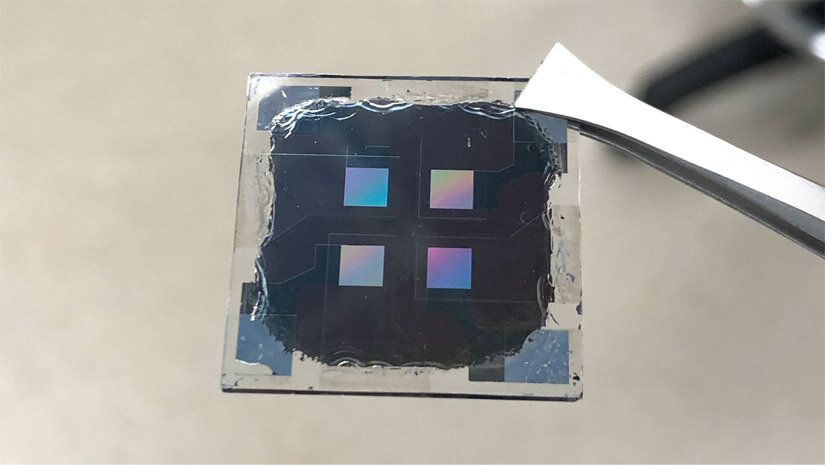
Restructuring the way perovskite solar cells are designed can boost their efficiency and increase their deployment in buildings and beyond, according to researchers with the National Renewable Energy Laboratory (NREL).
Perovskite photovoltaic (PV) cells are made of layers of materials sandwiched together, with the top and bottom layers key to converting sunlight to electricity. The new architecture for the cells increases the area exposed to the sun by putting the metal contact layers side-by-side on the back of the cell.
“Taking the materials on top away means you are going to have a higher theoretical efficiency because your perovskite is absorbing more of the sun,” said Lance Wheeler, a NREL scientist and lead author of a new paper, “Complementary interface formation toward high-efficiency all-back-contact perovskite solar cells.”
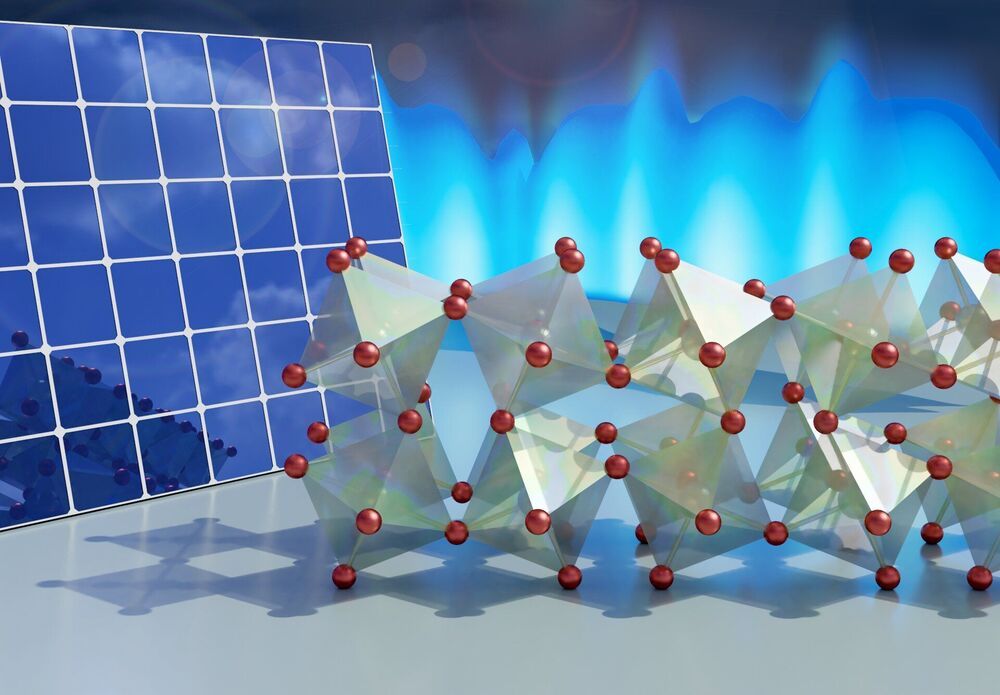
Researchers at Duke University have revealed long-hidden molecular dynamics that provide desirable properties for solar energy and heat energy applications to an exciting class of materials called halide perovskites.
A key contributor to how these materials create and transport electricity literally hinges on the way their atomic lattice twists and turns in a hinge-like fashion. The results will help materials scientists in their quest to tailor the chemical recipes of these materials for a wide range of applications in an environmentally friendly way.
The results appear online March 15 in the journal Nature Materials.
Technology paves way for intelligent solar cells, other highly efficient devices programmed at the macro and nano scale.
Researchers at Tufts University School of Engineering have created light-activated composite devices able to execute precise, visible movements and form complex three-dimensional shapes without the need for wires or other actuating materials or energy sources. The design combines programmable photonic crystals with an elastomeric composite that can be engineered at the macro and nano scale to respond to illumination.
The research provides new avenues for the development of smart light-driven systems such as high-efficiency, self-aligning solar cells that automatically follow the sun’s direction and angle of light, light-actuated microfluidic valves or soft robots that move with light on demand. A “photonic sunflower,” whose petals curl towards and away from illumination and which tracks the path and angle of the light, demonstrates the technology in a paper that appears today (March 12th, 2021) in Nature Communications.
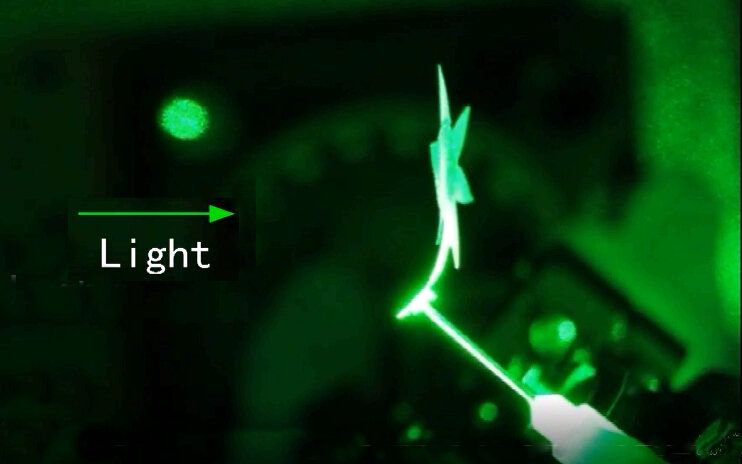
Researchers at Tufts University School of Engineering have created light-activated composite devices able to execute precise, visible movements and form complex three-dimensional shapes without the need for wires or other actuating materials or energy sources. The design combines programmable photonic crystals with an elastomeric composite that can be engineered at the macro and nano scale to respond to illumination.
The research provides new avenues for the development of smart light-driven systems such as high-efficiency, self-aligning solar cells that automatically follow the sun’s direction and angle of light, light-actuated microfluidic valves or soft robots that move with light on demand. A “photonic sunflower,” whose petals curl towards and away from illumination and which tracks the path and angle of the light, demonstrates the technology in a paper that appears March 12th, 2021 in Nature Communications.
Color results from the absorption and reflection of light. Behind every flash of an iridescent butterfly wing or opal gemstone lie complex interactions in which natural photonic crystals embedded in the wing or stone absorb light of specific frequencies and reflect others. The angle at which the light meets the crystalline surface can affect which wavelengths are absorbed and the heat that is generated from that absorbed energy.
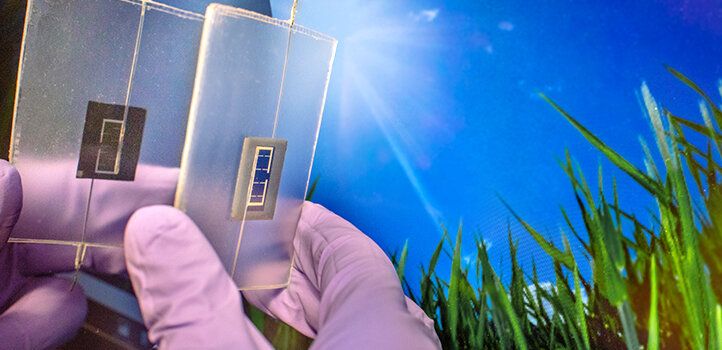
Two types of materials are better than one when it comes to solar cells, as revealed by an international team that has tested a new combination of materials and architecture to improve solar-cell efficiency.
Silicon has long dominated as the premier material for solar cells, helped by its abundance as a raw material. However, perovskites, a class of hybrid organic-inorganic material, are a viable alternative due to their low-cost and large-scale manufacture and potentially higher performance. While still too unstable for full commercialization, they might become available to the market by 2022.
KAUST’s Michele De Bastiani and Stefaan De Wolf, working with colleagues in Canada, Germany and Italy, now show that a combination of the two is the best approach. By optimizing the material composition and the architecture of a “tandem” device, the team has achieved efficiencies beyond commercial silicon solar panels.
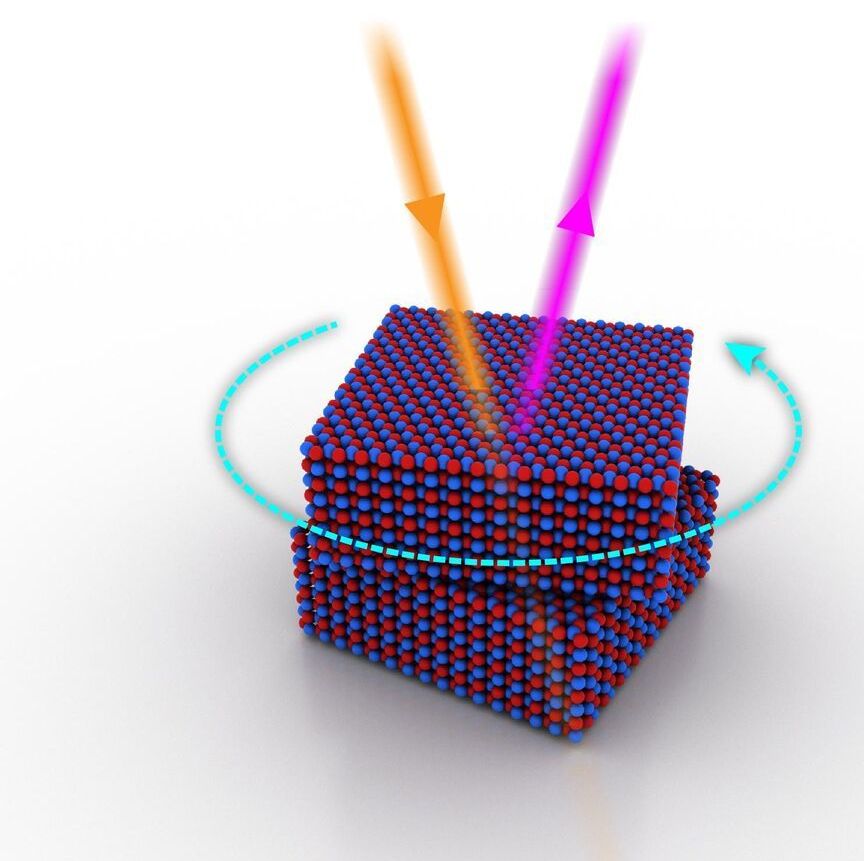
Columbia researchers engineer first technique to exploit the tunable symmetry of 2D materials for nonlinear optical applications, including laser, optical spectroscopy, imaging, and metrology systems, as well as next-generation optical quantum information processing and computing.
Nonlinear optics, a study of how light interacts with matter, is critical to many photonic applications, from the green laser pointers we’re all familiar with to intense broadband (white) light sources for quantum photonics that enable optical quantum computing, super-resolution imaging, optical sensing and ranging, and more. Through nonlinear optics, researchers are discovering new ways to use light, from getting a closer look at ultrafast processes in physics, biology, and chemistry to enhancing communication and navigation, solar energy harvesting, medical testing, and cybersecurity.
Columbia Engineering researchers report that they developed a new, efficient way to modulate and enhance an important type of nonlinear optical process: optical second harmonic generation — where two input photons are combined in the material to produce one photon with twice the energy — from hexagonal boron nitride through micromechanical rotation and multilayer stacking. The study was published online on March 32021, by Science Advances.

Solar powered vehicle.
Electric vehicle that can be operated only with solar power.
More info: https://bit.ly/2LKaMsw